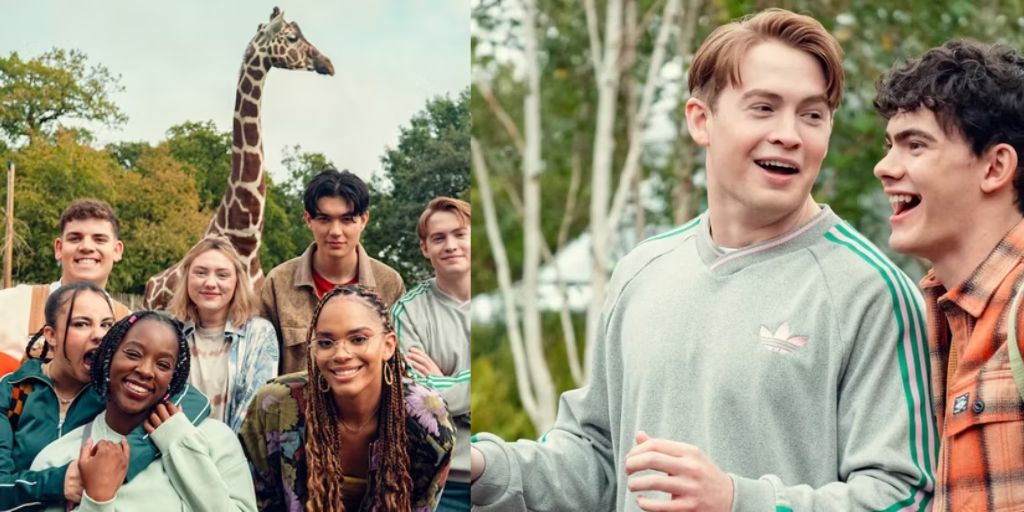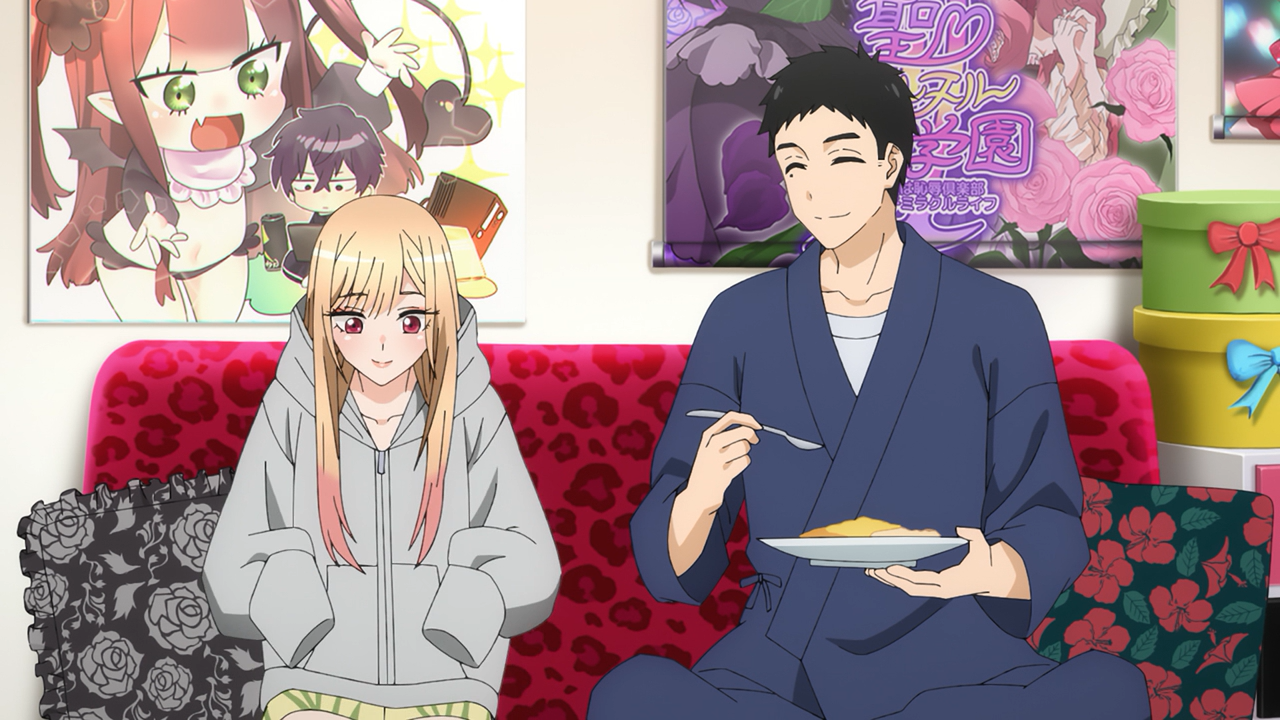Television’s sweetest and most heartwarming show is back. It is sweeter and more heartwarming than ever. Netflix’s Heartstopper returns after over a year, bringing the delightful relationship of Charlie Spring (Joe Locke) and Nick Nelson (Kit Connor) back to our screens.
Based on Alice Oseman’s best-selling graphic novel series, Heartstopper is one of Netflix’s best and most reliable originals. The show still feels like a warm hug.
Like all the best teen shows, Heartstopper is growing and maturing along with its characters. There is a distinct and much-appreciated change in this third chapter.
While it maintains its famous brand of overwhelming pleasantness, it shows a more mature and insightful look into youth and the LGBTQ+ community. This season delivers its most confident and emotionally intelligent story so far.
Heartstopper Season 3 Is All About Growing Pains
Heartstopper Season 3 picks up immediately where Season 2 ended. Charlie wants to tell Nick he loves him, but he is shy and struggles to find the right words.
At the same time, Nick notices that Charlie’s eating disorder is getting worse, and he does not know how to help him. It is a lot for fifteen and sixteen-year-olds to handle, and the show does not shy away from their struggles.
Meanwhile, the large group of colorful characters also gets their own storylines, even if they are less prominent than in previous seasons. Now in a proper relationship and still enjoying the honeymoon phase, Tao (William Gao) and Elle (Yasmin Finney) try to figure out what they want from each other.
Darcy (Kizzy Edgell) and Tara (Corinna Brown) follow their new living situation while trying to set boundaries. Imogen (Rhea Norwood) is on a journey of self-discovery, while Isaac (Toby Donovan), feeling like a third wheel around his friends, learns to accept that he is asexual and romantic. Tori Spring (Jenny Walser) also gets a bigger role this season, allowing fans to see more of her character.
Sadly, the talented Olivia Colman does not return as Nick’s supportive mother, Sarah, and her absence is deeply felt. However, Season 3 makes up for this by introducing some welcome guest stars. The ever-reliable Hayley Atwell debuts as Diane, Nick’s aunt, who provides valuable advice.
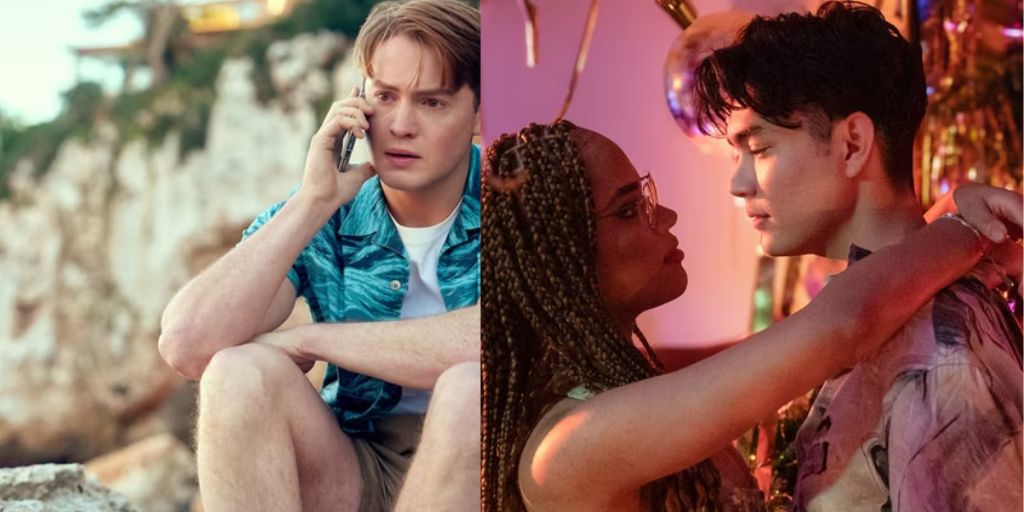
Eddie Marsan, an underrated character actor, plays an important role in Charlie’s story. The delightful Stephen Fry returns as the voice of Headmaster Barnes, while Jonathan Bailey, known for his role in Bridgerton, makes a short but charming cameo.
Heartstopper’s Cast Is Still at the Top of Their Game in Season 3
The brilliance of Heartstopper lies in its collection of deeply human, relatable, and flawed characters. The star of Season 3 is definitely Joe Locke, with Charlie taking center stage in all eight episodes. Because of Charlie’s nature, Locke was a more passive presence in Seasons 1 and 2, allowing Connor’s Nick to shine brighter.
Season 3 changes this dynamic, with Nick taking more of a supporting role in Charlie’s story. Locke makes the most of his chance to be the star, showing a new and more challenging side to Charlie.
This season allows Locke to show the deepest and darkest parts of Charlie’s personality, and the young actor does an impressive job. His growth as a performer is noticeable, especially because the changes in Charlie’s character are subtle at first, forcing Locke to show them through his expressions and body language.
It is especially fascinating to see Locke as Charlie while he also takes on a different character in Disney+’s Agatha All Along. As the mysterious Teen, Locke is sassy and inexperienced but also self-assured and witty.
This is quite different from the self-doubting, shy, and introspective Charlie, showing that he is becoming more confident in his acting skills. Locke shines during his scenes with Marsan, as the two create a natural and familiar dynamic.
The focus on Charlie is so strong that other characters, especially Nick, suffer a bit. For most of the season, Nick’s story mainly supports Charlie’s growth. It is handled well, and Connor still gets chances to shine, even if it is always in the context of Charlie’s character arc.
Nick does see some progress in his storyline during the latter half of the season, hinting at a more balanced Season 4 if the show gets renewed. Like Nick, the other characters see their roles reduced; Elle and Tao have the most to do, but their stories feel incomplete compared to previous seasons.
While Charlie has a clear arc that sees him ending the season in a completely different place, the other characters seem to stay the same, which is not an issue in earlier seasons.
As for the guest stars, Marsan gets the best material, and it is great to see an actor of his skill doing what he does best. Atwell fits well in the world of Heartstopper, but she has little to do, sharing only a few sweet and short scenes with Connor.
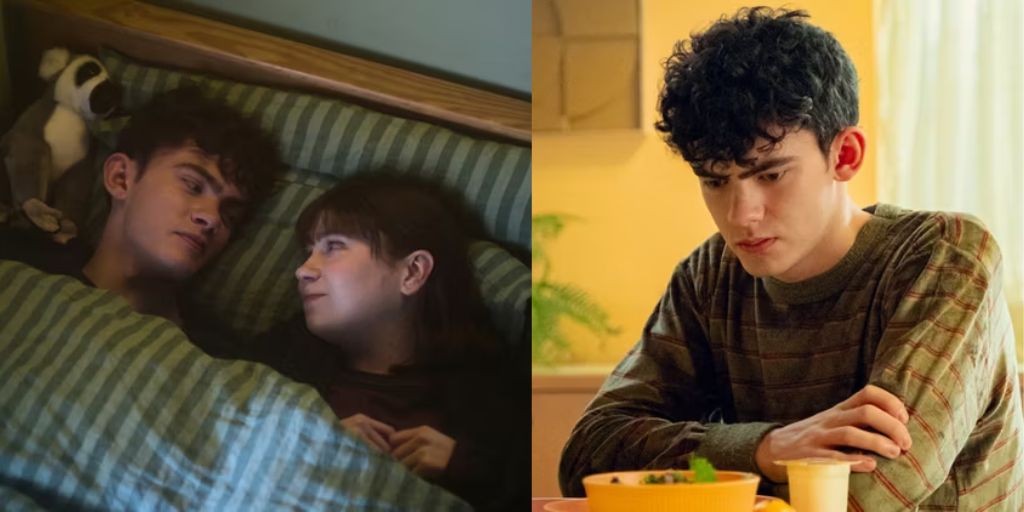
Bailey’s cameo is effective but feels a bit forced. Surprisingly, Charlie’s family, especially Tori and his mother, Jane (Georgina Spring), get some of the more meaningful storylines this season.
The Journey to Maturity is at the Center of Heartstopper Season 3
Heartstopper has faced criticism for being an overly idealized and sentimental take on queer love. This argument has some merit, but it also oversimplifies the show’s warm and emotionally intelligent message. However, it is important to note that Heartstopper is not just a teen drama or a romantic comedy; it is a romantic fantasy.
The show presents an ideal version of the LGBTQ+ community in a world where hope is never more than an episode away. The show’s distinctive visual style adds to this magical feeling with its famous cartoon leaves and warm cinematography, which sometimes overwhelms the scenes with bright sunlight.
That does not mean Heartstopper avoids the real issues LGBTQ+ youth face in 2024; on the contrary, Season 3 is the show’s darkest and most emotionally resonant. It tackles heavy themes such as mental health, eating disorders, intimacy, sex, and the scary idea of leaving childhood behind.
This season features characters who are more self-aware and emotionally mature than ever before. They can clearly express their feelings better than many adults. They openly say things like, “I have mental health issues,” “I love you, but I need space,” and “I am loved by more than one person.”
The greatest strength of Heartstopper has always been its rejection of typical teen and romance tropes. While other shows use elements like mental health, sex, and intimacy to create drama, Heartstopper uses them to deeply show a person’s character.
Conflicts are resolved through real communication, showing a level of emotional understanding that surpasses their age, even if they still say some awkward things that remind us of being sixteen.
Heartstopper features mature teenagers without treating them like adults. There is a sense of innocence among them, even as they experiment and push their boundaries.
The magic of this fantasy show is how beautifully it shows everyday life; it has no real cliffhangers because it understands that, in life, a cliffhanger is just the end of a day. Yet, it still feels important because that is how its characters experience things.
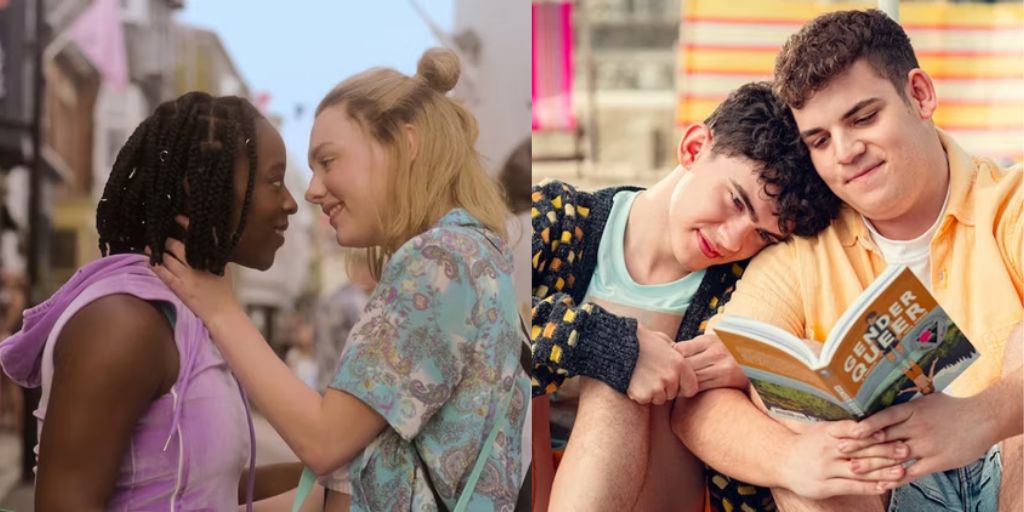
Heartstopper perfectly illustrates how monumental everything seems at sixteen and how life-changing a simple kiss or a gentle touch can be. Season 3 might have a few flaws compared to earlier seasons, but these imperfections come with a more powerful and thought-provoking story that is just as uplifting.
With this third installment, Heartstopper moves into a new and exciting chapter, embodying the coming-of-age genre like few other television shows. Heartstopper premiered on October 3 on Netflix.

